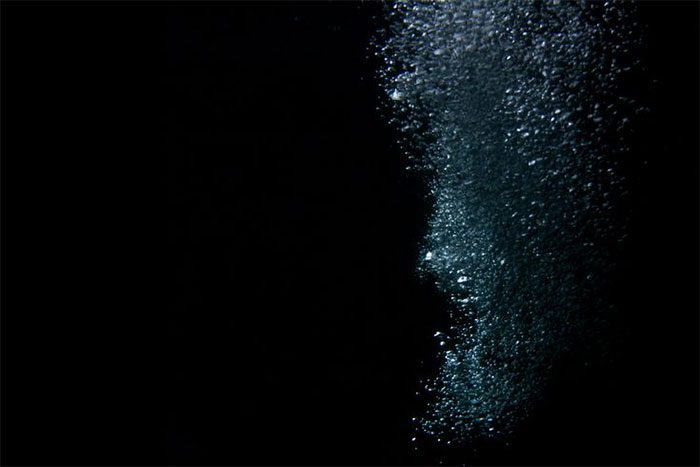On September 22, researchers in Sweden announced the discovery of a significant amount of methane gas, a potent greenhouse gas, leaking from unprecedented depths beneath the Baltic Sea.
During a recent expedition, researchers found methane bubbles emerging from a depth of 400 meters (from the seabed) at Landsort Deep, off the coast of Nynäshamn in southeastern Sweden, within an area covering 20 km2.

Methane gas bubbling beneath shallow waters of the Baltic Sea. (Illustration: Pinterest)
Methane is one of the greenhouse gases, although it only lasts for about 10 years, it has the potential to trap heat 80 times more effectively than CO2. Methane is produced from fossil fuel power plants, landfills, livestock farming, and natural sources such as wetlands. Scientists believe this gas is the “culprit” behind approximately 30% of the global temperature rise to date. Addressing methane emissions has become part of global efforts to limit the increase in Earth’s temperature to below 1.5 degrees Celsius compared to pre-industrial levels.
Researcher Christian Stranne from Stockholm University indicated that methane gas can bubble beneath the shallow seabed of the Baltic Sea, but this is the first time methane has bubbled strongly at such depths. He is a member of the research project conducted by Stockholm University and Linnaeus University.
Typically, researchers observe methane bubbles appearing at depths of 150-200 meters from the seabed, but in this expedition, methane bubbles were found at 370 meters from the seabed, which is unusually close to the ocean surface.
Expert Stranne emphasized: “This could be a new world record, forcing us to reassess the relationship between deep sea regions and methane levels at the ocean surface.” He explained that the phenomenon of methane bubbling at this depth could be due to the anoxic conditions in the deep waters of the Baltic Sea. In an oxygen-free environment, methane bubbles do not burst, making the transport of methane to the surface more efficient. This expert also noted that there may be similar methane leaks in other areas of the Baltic Sea.
Researchers hope to conduct further analyses to determine why so much methane is being released in this area.
Marcelo Ketzer, a professor of environmental science at Linnaeus University, stated that the scientific community still does not fully understand the factors causing methane to leak from these deeper areas, nor where the methane ultimately ends up.


















































